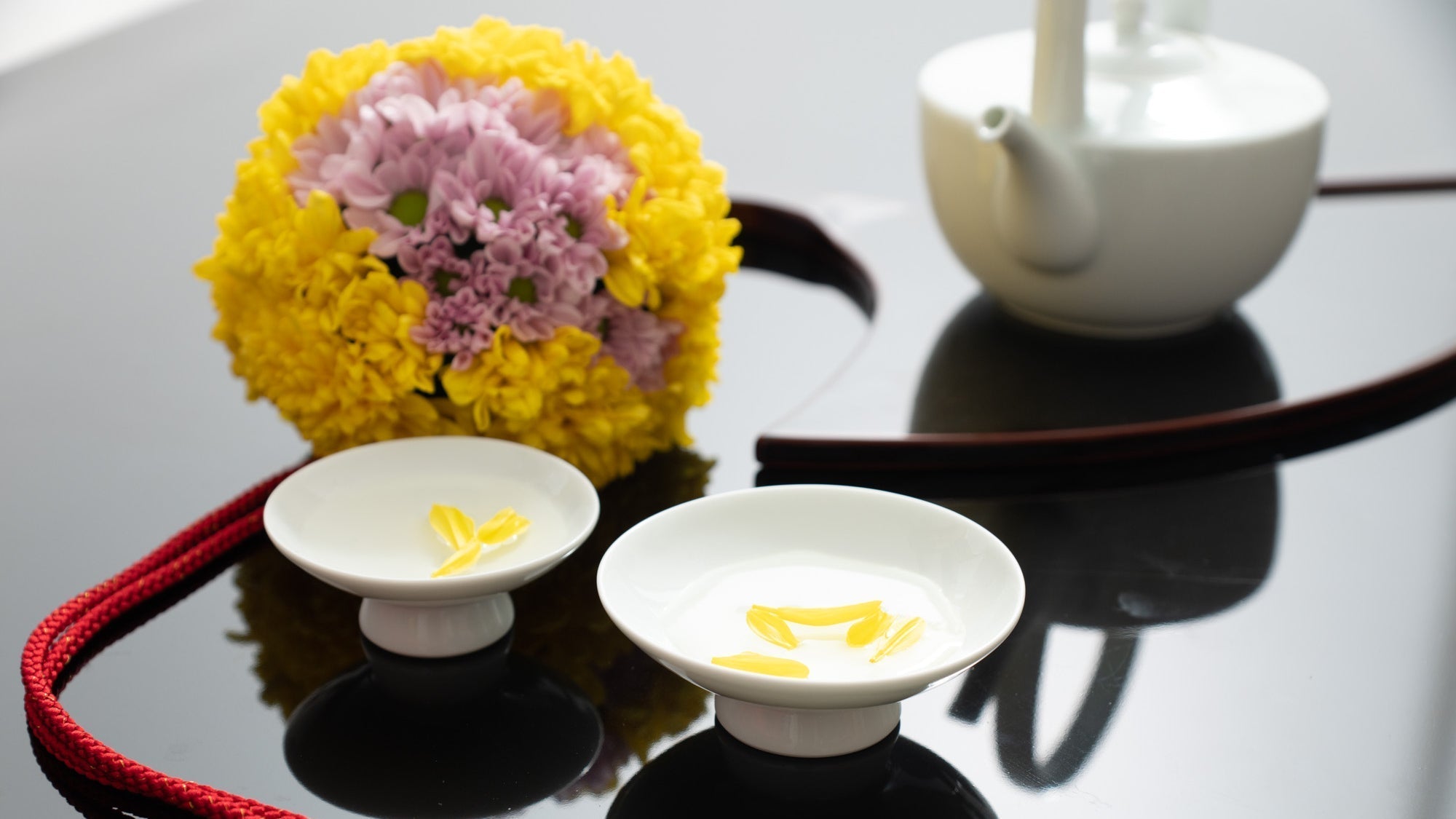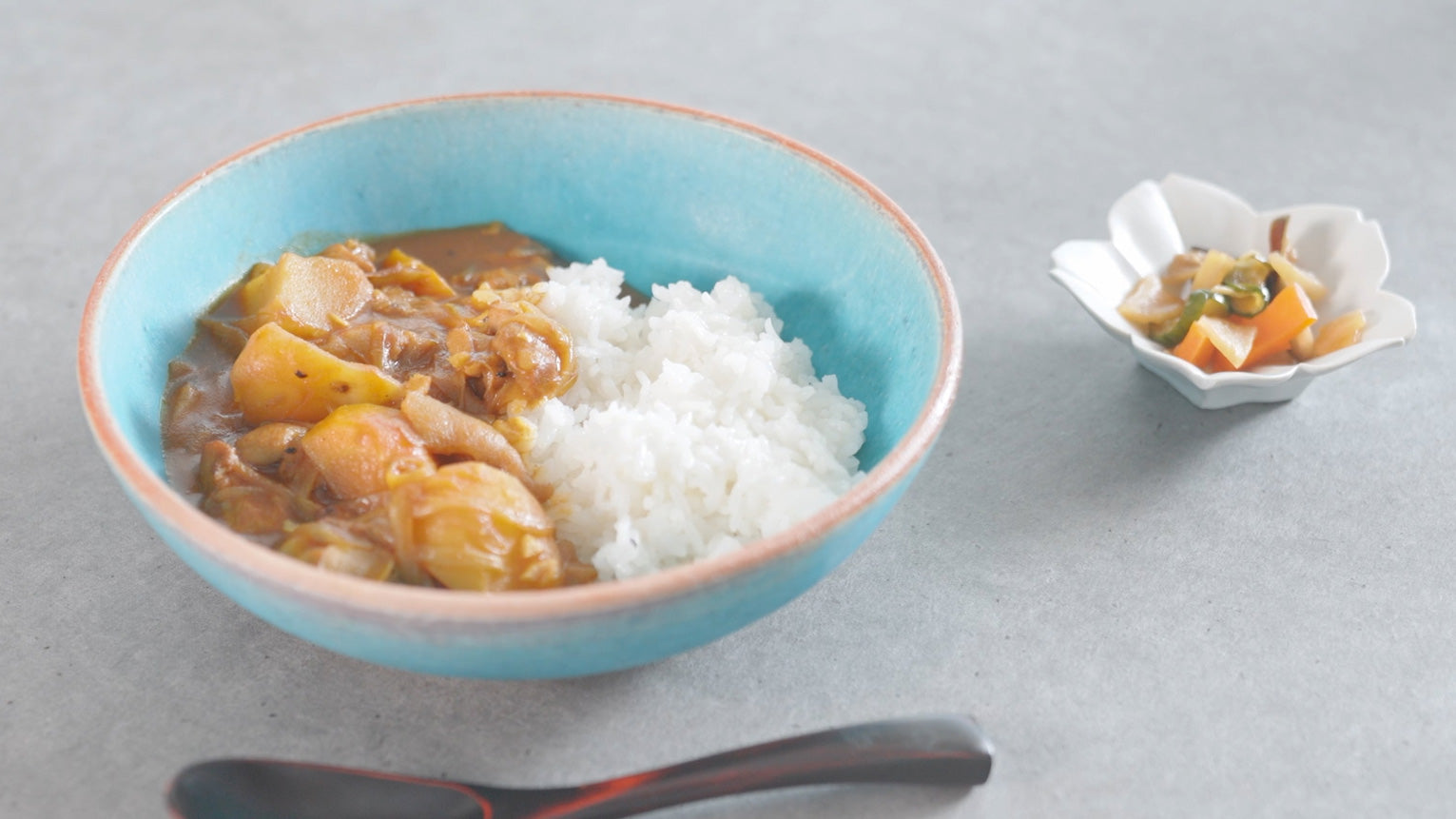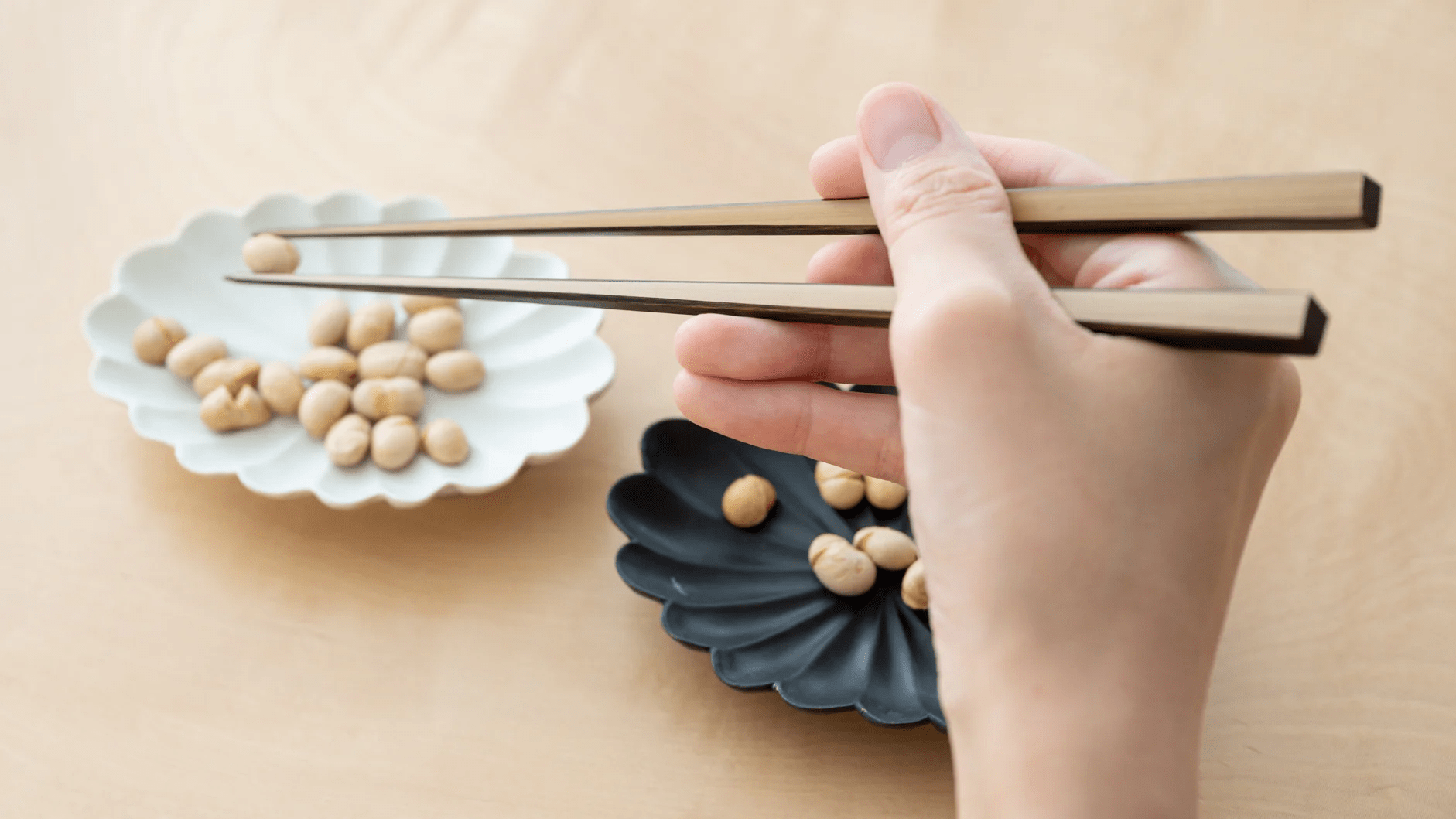
Embracing Autumn with The Choyo-no-Sekku: The Beauty of the Chrysanthemum Festival
Written by Team MUSUBI
September in Japan is marked not only by the comfortable climate and the rich harvest but also by a distinct cultural celebration. September 9 is called "Chou-you-no-Sekku," one of the five seasonal festivals in Japan, along with "Tango-no-Sekku," (Boys' Day or Children's Day) and "Tanabata." It is a day when people decorate their surroundings with chrysanthemum flowers and savor sake infused with chrysanthemum petals, hoping for longevity and good health. In this article, we will introduce you to "Choyo-no-Sekku," a festival that beautifully encapsulates the tapestry of Japan's changing season.
tables of contents
What is Choyo-no-Sekku?

Choyo-no-Sekku: A Celebration of Chrysanthemums

Foods for Choyo-no-Sekku
Edible Chrysanthemums
Given that Choyo-no-Sekku is synonymous with the "Chrysanthemum Festival," these flowers play a pivotal role. They not only garnish dishes like sashimi but are also rich in nutrients, making them perfect for salads, stews, and soups. Sweets shaped like chrysanthemum petals or desserts themed around the flower add to the festivity.

Chrysanthemum Sake ("Kikuzake")
For many, the highlight of this festival is the sake infused with chrysanthemum petals, allowing one to relish the blend of the drink's taste with the flower's scent. While this practice isn't as common today, it offers a unique celebratory touch for those who indulge.

Chestnut Rice
Given that the lunar calendar's position signifies the chestnut season, chestnut rice became a staple, symbolizing prayers for a good harvest.

Autumn Eggplant
There's a traditional belief that consuming eggplants on days marked by the number nine can ward off specific ailments. Hence, alongside chrysanthemums, eggplants are also consumed for good health.

Customs of Choyo-no-Sekku
Covering Chrysanthemums with Cotton ("Kisewata")
This practice involves covering chrysanthemum flowers with cotton the night before the festival. The next morning, the cotton, now imbued with dew and the scent of chrysanthemums, is used to cleanse one's body, believed to ensure longevity.

Chrysanthemum Bath
The transition from summer to autumn can be a burden on one's health. Chrysanthemums contain an essential oil called camphene, which stimulates the skin, promotes blood circulation, and boosts metabolism. It also hydrates the skin, making it an ancient version of today's herbal bath.

Chrysanthemum Pillow
For Choyo-no-Sekku, chrysanthemum petals are thoroughly dried in the sun and stuffed into pillows. The scent is believed to ease fatigue and aid sleep.

Chrysanthemum Gatherings
These are events where people showcase their cultivated chrysanthemums and compete for beauty. Starting in the Edo period (1603 CE - 1867 CE), these gatherings spread from Edo to other regions, evolving into today's chrysanthemum exhibitions. These exhibitions still take place in various locations nationwide during October, the prime viewing season for chrysanthemums.

Embracing Autumn's Shift

While the prominence of Choyo-no-Sekku has diminished over the years and its customs have faded into the background, its found national spirit endures. Celebrating the shift from summer to autumn and aspiring for healthful days ahead continue to resonate. Using chrysanthemum motifs in the festivities serves as a vibrant reminder and tribute to the essence of this significant day.







Leave a comment
This site is protected by hCaptcha and the hCaptcha Privacy Policy and Terms of Service apply.